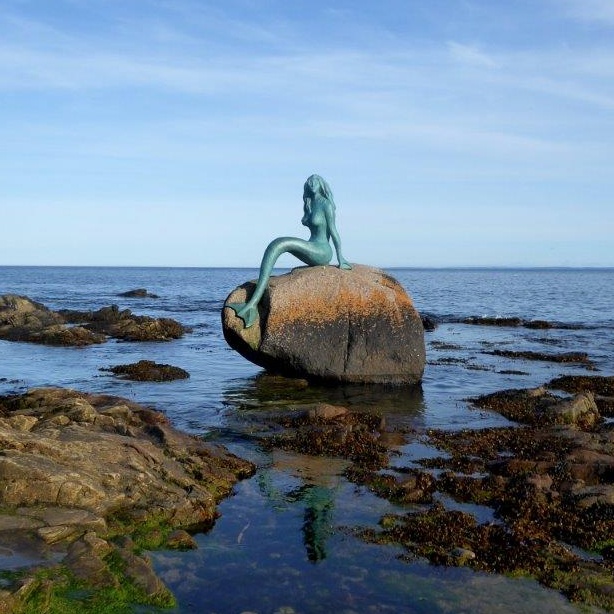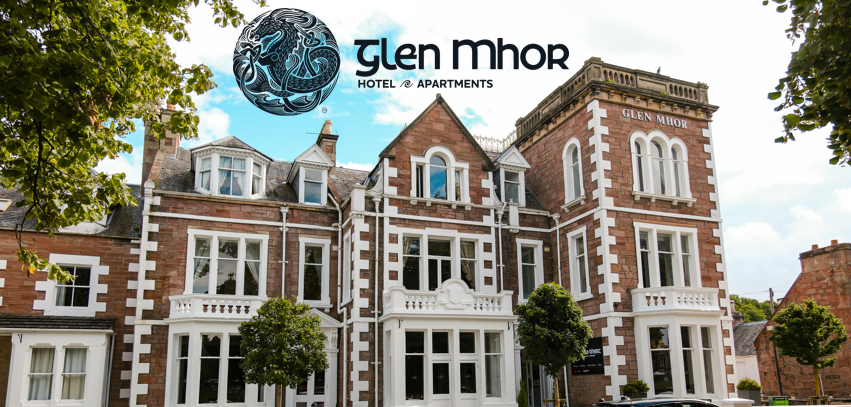Case Study
Seaboard Memorial Hall

Partners
University of St Andrews
Sectors
Creative Industries
Tourism and Leisure
Regions
Highlands & Islands
Background
The Easter Ross Seaboard is a stretch of coastline approximately fourteen miles in length and the Seaboard villages of Shandwick, Balintore and Hilton are situated halfway along this coast. They are often referred to locally as ‘the villages’ or ‘the Seaboard’ and have a strong background in the fishing industry. The Seaboard Memorial Hall (SMH, also known as the Seaboard Centre), which started out in 1958 as a small village hall, was rebuilt in 2001 and is now a modern adaptable venue with excellent conference, training and arts facilities. It is the hub of the local community accommodating regular user groups and a community café.
Challenge
Seaboard Memorial Hall Ltd (SMH) was looking to create a new and permanent Heritage Community Centre to serve the local community and attract new tourism to the area. The Centre was to be based on the extensive and exceptional collection of paintings and memorabilia of John Paterson (1872-1945), a fishing station owner and amateur artist. Over 200 paintings survive, many being portraits of local people who modelled for him. The fishing industry that sustained the local community no longer exists but the family has retained a wealth of related materials that will form the core collections for the heritage centre. The fishing sheds and studio are still in existence and form an integral part of the story.
The immediate aim of SMH was to develop a workforce plan for the centre, identifying the new skills and expertise that would be required for the successful and sustainable operation of the heritage centre. Such a facility, through the development of a diverse and flexible workforce, both paid and volunteer, would benefit the local community by enhancing this area as a destination of cultural interest.
Solution
After being referred by Highlands & Islands Enterprise (HIE), the SMH contacted Interface, who were able to secure the expertise of the University of St Andrews Museums, Galleries and Collections Institute (MCGI). The MCGI is the research arm of Museum and Gallery Studies at St Andrews. The Museum and Gallery Studies Masters course at the University of St Andrews is the longest running course in Scotland and over the past three decades has built up practical, vocational and research expertise in all areas of museum work.
Their collaborative project was funded by a Scottish Funding Council Workforce Innovation Voucher.
Benefits
The resulting products from this collaborative project were:
- A pilot exhibition
- A workforce plan detailing the future skills required to undertake the many and varied activities of a heritage centre for both current and future, paid and volunteer workforce, including digital opportunities.
- Enhanced leadership skills.
For the first time, the Heritage Centre will be able to tell the story of the Seaboard area and its past fishing industry, using the time capsule of one local man, his life and work as a lens to focus on and engage with the wider fishing community and society, bringing the rich history of the area to life. It will bring in new visitor and tourist business, and it will enable the local population to use their personal knowledge of the area in different ways and pass on that local knowledge to visitors and the local younger generation. It will also offer new workforce opportunities to develop expertise and practice in the many aspects of heritage management.
Impacts
- Increased tourist footfall
- Employment created as well as opportunities to acquire new skills
- Local economy stimulated
- Promotion of career opportunities in the arts and heritage sector for the area
- Fishing heritage of the community protected and preserved
- Links created with the academic community


